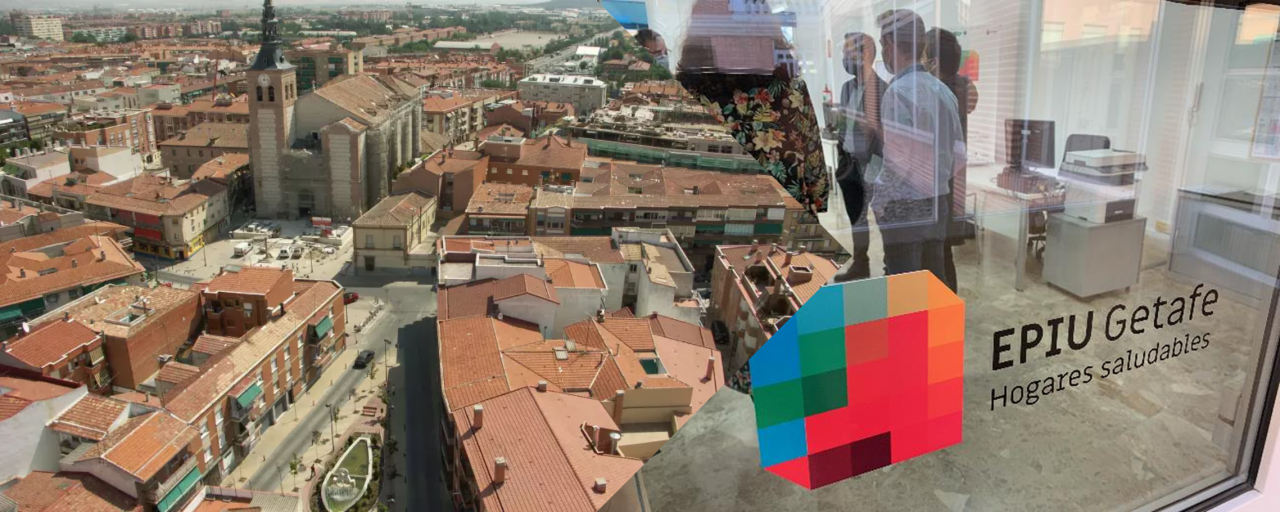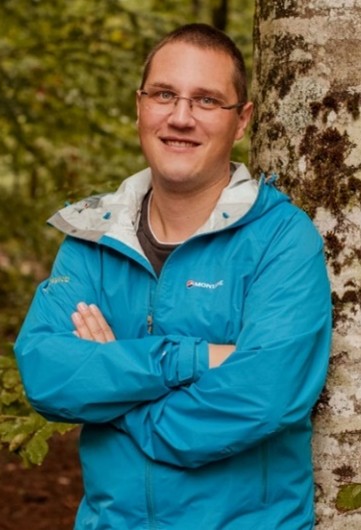Understanding Getafe and its energy poverty context
Getafe is a city in the southern part of the Madrid Metropolitan Area, in the Community of Madrid. The city lies on a predominantly flat plain over 600 meters above sea level and a semiarid Mediterranean climate with cold winters, hot summers, and less than 400 mm of annual precipitation.
Getafe’s strong industrial sector has driven exponential population growth over the past 60 years, increasing tenfold from 1960 to almost 190,000 in 2024. This rapid demographic expansion led to the fast-paced development of new neighbourhoods, with 52% of the total housing stock built between 1960 and 1980.
“Unfortunately, much of this housing stock is of poor quality, lacking adequate energy efficiency measures and, in most cases, no heating systems. In fact, before 1979, homes were built without mandatory thermal regulations,” Fernando comments on the existing building-stock situation in Getafe. “This issue is further enhanced by extreme temperature variations, ranging from 0°C to 33°C, with occasional drops below -5°C in winter and spikes above 37°C in summer.”
Traditionally, energy poverty is defined by the percentage of household income spent on energy costs. However, to address Getafe’s specific challenges, the City Council adopted a broader definition – linking energy poverty to living conditions. Under this approach, energy poverty occurs when households cannot maintain a comfortable indoor temperature year-round as they cannot pay for a sufficient amount of energy for their domestic needs and/or when they are forced to allocate an excessive part of their household income to purchase this energy.
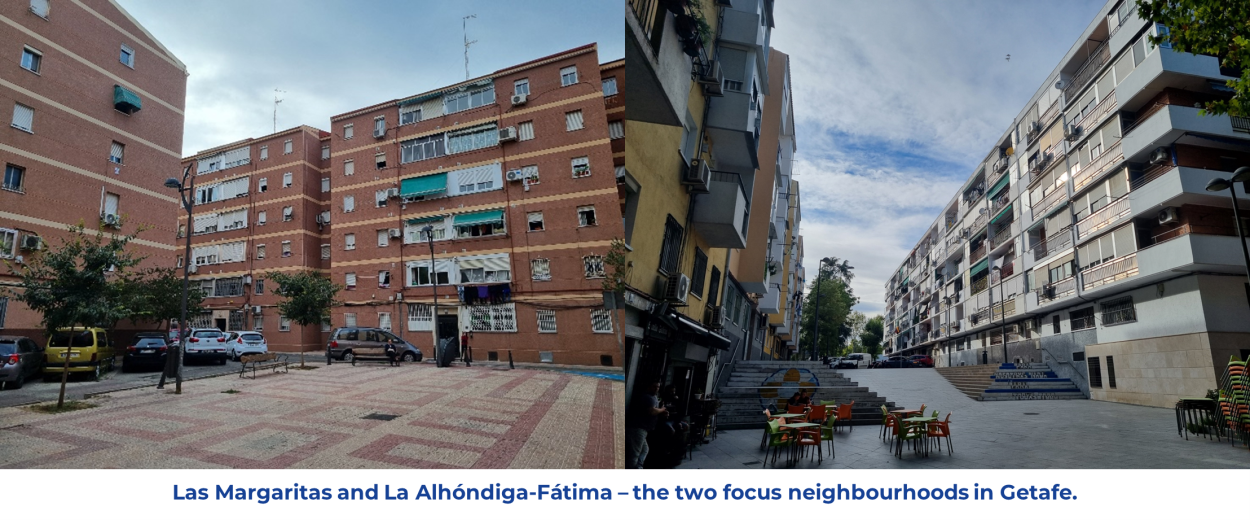
Today, Getafe's average disposable income is low – just below 22,000 €, almost 5,000 € lower than the Madrid regional average. Alejandro López Parejo, the head of the Healthy Homes Office – the key building block of the Energy Poverty Intelligence Unit, nodes and joins the conversation: “You know, almost 2,000 families in Getafe benefit from the City Council’s Social Emergency Program. As the local social services system is operating at full capacity, we have to make sure we are effective in our attempts to reduce energy poverty.”
Two neighbourhoods – Las Margaritas and La Alhóndiga-Fátima – were identified as critical areas for rehabilitation and regeneration by the National Government in 2018. These Urban Deprived Areas and Neighbourhoods have a combined population of over 10,000, consisting primarily of elderly residents and migrants, with 48% of households lacking heating systems. Given their poor housing conditions and lower income levels, Getafe’s City Council prioritized its interventions in these areas.
From the idea to the Energy Poverty Intelligence Unit
The original idea was inspired by the recognition that factors such as low energy efficiency, the aging building stock, and a lack of renovation and modernization efforts had led to deteriorated housing conditions and high energy costs faced by many households today. Combined with varying household incomes and a sharp increase in energy prices over the past decade, these conditions left many families struggling to afford basic energy needs, such as heating, cooking, and maintaining comfortable indoor temperatures.
Fernando explains: “In Getafe, we always closely associated the energy poverty with monetary poverty – leading us to primarily rely on social services mechanisms to address it. But relying on reactive measures means that you never address the actual causes.”
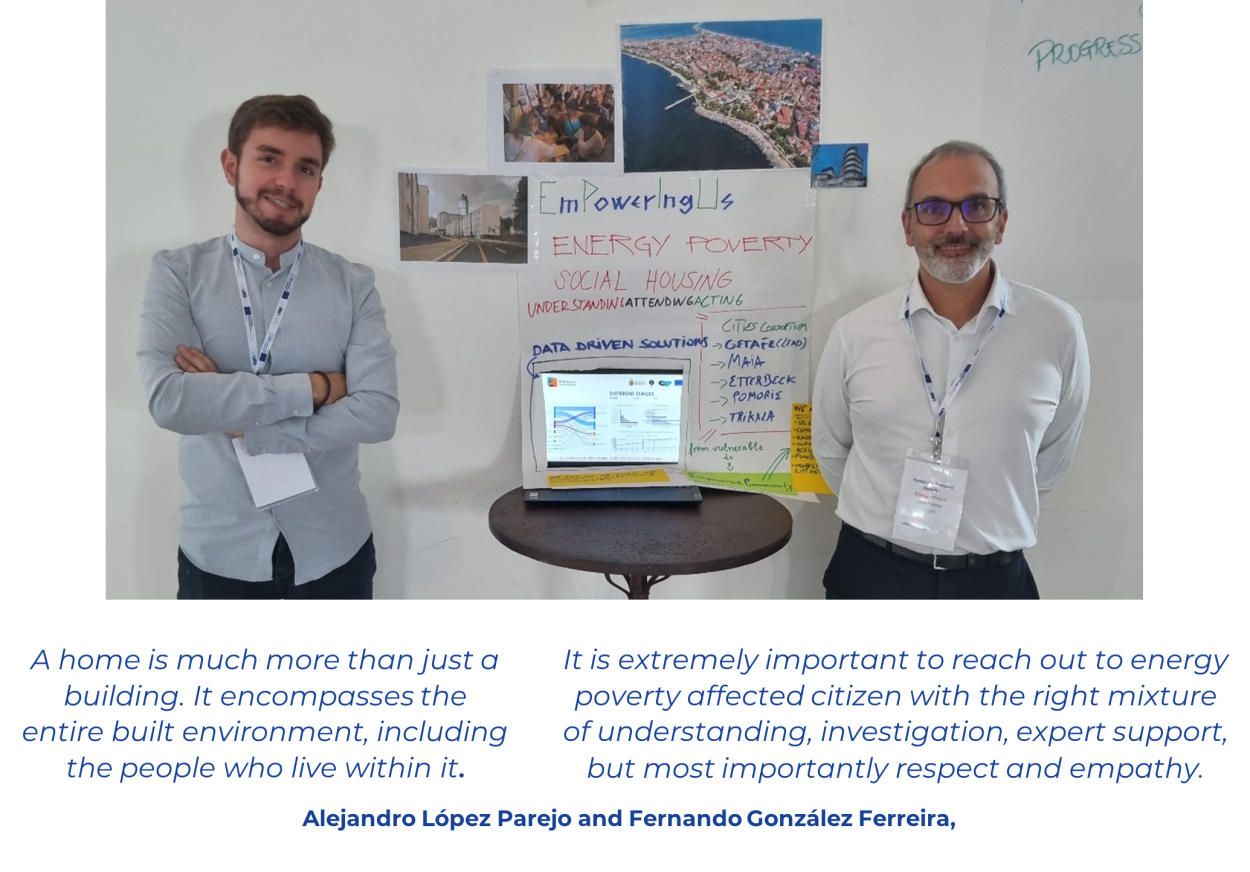
To shift this approach, the Energy Poverty Intelligence Unit (EPIU) solution was developed around three key components:
Design of an Intelligent Data Analytics System – this system focused on identifying and predicting energy poverty by defining population clusters based on energy consumption habits, socio-demographic data, income levels, and building characteristics.
Establishment of a Multidisciplinary Municipal Public Service – a horizontal, integrated service was created to manage, monitor, and evaluate solutions while assessing the efficiency of local energy poverty policies.
Implementation of Tailored Programs – specific interventions were designed for each identified population cluster, addressing energy poverty at three scales: household, building, and neighbourhood.
It was clear that addressing these challenges required a broad coalition of partners and strong financial backing. To this end, a strategic partnership was formed, led by the Getafe City Council and spearheaded by the Empresa Municipal Del Suelo y la Vivienda de Getafe (EMSV) – the public company responsible for municipal land and housing. The EPIU project was implemented between 2019 and 2023 under the Urban Innovative Actions (UIA) programme with the support of seven key project partners.
Alejandro picks up the story: “You see, the real innovation of the EPIU solution lies in its shift in focus. It moved beyond addressing monetary poverty alone to tackling both identified and hidden forms of energy poverty. It transitioned from reactive to preventive actions, leveraging data collection and analysis to drive informed decision-making.”
How does it actually work?
Today, the neuralgic point of the EPIU in Getafe is the Healthy Homes Office, where a team of EMSV experts receives citizens and advises them on the best course of action. The quality of provided advise and solutions depends on the quality of information provided by citizens themselves.
“The logic behind the service is quite straightforward – in order to understand your needs and address them through tailor-made solutions, we need to understand your situation and for that, you need to provide us with some data,” explains Alejandro and continues: “This is how the Healthy Homes Office became the first “data-trap” – a mechanism for collecting small, but extremely valuable data, we were not able to collect in any other way. Combining small data with relevant energy poverty big data available from public databases really improved our understanding of the energy poverty in Getafe and enabled us to further improve our service.”
Based on received information Healthy Homes Office staff decides on the best course of action for an individual case. Sometimes only soft measures – like advice on how to reduce a household’s energy consumption (on average encoring savings of 20%) – prove to be enough. If not, they can propose a household visit.

This will improve the quality of information and understanding of households’ needs and enable the planning of hard measures. These can range from the provision of energy efficiency kits, small insulation improvement interventions, household-focused construction improvements, or in some cases even building refurbishment interventions. In the last case, EMSV uses public tenders, available to a limited profile of potential applicants, to finance household/building refurbishment projects. This was a novelty in city administration and resulted in another good practice tool, tested and proven to be effective within the existing legal and operational system in Spain.
Furthermore, the EPIU project also implemented two neighbourhood-level pilots. The EPIU-Margaritas Bioclimatic Square has been designed to improve the climatic comfort inside nearby households by acting on squares and streets, especially in hot weather. The first of a series of ‘climate shelters’ in large avenues, walking routes are facilitated during the hottest months was built in the Fatima-La Alhóndiga district – a point that locally mitigates the risk of overheating for road users. Both pilots, together with the program's building-scale measures, have made it possible to promote the Rehabilitation and regeneration strategy for the built environment at the municipal level, which will transfer some of the lessons learned and solutions to the rest of Getafe's neighbourhoods.
In a matter of just two years, EPIU became a very unique and effective public service. So effective, that Getafe’s City Council decided to integrate it into the city’s social support system and secure its regular funding from the city budget. However, the story does not end here…
Energy Poverty Intelligence Unit’s evolution and future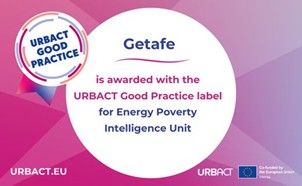
In 2024, EPIU was recognized as an Urban Good Practice under the URBACT programme. This recognition provided additional support to an already established URBACT Innovative Transfer Network (ITN) and enabled Getafe to share the knowledge and transfer the EPIU Good Practice through the EmPowerIngUs project to four other cities: Etterbeek (Belgium), Maia (Portugal), Pomorie (Bulgaria), and Trikala (Greece).
By leveraging the international framework of the EmPowerIngUs project, building on its own new developments and the unique experiences of its transfer partners, Getafe seeks to further refine the EPIU Good Practice, highlighting that it is not a “finished product” but rather a “work in progress” that continues to evolve daily.
Dear reader, if you are interested to learn more about the Energy Poverty Intelligence Unit, or are interested in the EmPowerIngUs project transfer process itself, please follow our progress on our URBACT website, Facebook, LinkedIn or YouTube channel.

